What Can Go Wrong?
Electricity creates many potential hazards, some common ones are as follows:
- Fires can occur if electrical equipment (including wiring) develops a fault or circuits are overloaded.
- Contact with electricity can cause electrical shock and/or burns
- Faults with mains electrical systems can develop a tremendous amount of energy in a short time - so much so that it actually causes explosions
- Electrical protection devices can be rendered useless by long cables or the wrong equipment
- Productions may use effects such as pyro, water or similar that can impact on the electrical system and increase the hazards significantly
- Fires and burns from contact with hot surfaces, such as luminaires
- Batteries can start and sustain fires if the terminals are shorted together
- Shock risks can be exacerbated if multiple supplies are used, such as a generator supply feeding a lighting rig in a studio
Legal/���˿��� Requirements
- All electrical systems have to comply with the Electricity at Work Regulations 1989. This requires electrical systems and equipment to be maintained and, importantly, protection methods (such as circuit breakers and RCDs) to be effective and operate if there is a fault
- For both the permanent installation and temporary electrical systems, the ���˿��� requires compliance to be achieved by following the IET Wiring Regulations (BS 7671) – often known as ‘The 18th Edition’ or ‘The Wiring Regs’
- Depending on the scale of the temporary system in the studio, the requirements of BS 7909 (which is the Code of Practice for temporary electrical systems for entertainment and related purposes, published by BSI) may also apply
- All systems should be designed by someone suitably competent, whether an electrical installation in a set, modifications to the existing permanent installation or the temporary system for a show
- All studio electrical equipment (including the installation wiring) must be inspected and tested regularly. For studios hosting public audiences the interval will be in region of every three years. Dimmers, stage machinery and other equipment may need servicing more often. Equipment should be checked in accordance with the ���˿��� guidance on electrical equipment and appliance testing
- For studios or venues where the public are present there are additional requirements in published by the ABTT
General Requirements
- All persons working with/on electrical systems must be competent, the required skill level with be relative to the type of work involved.
- All electrical equipment must be appropriately tested and inspected at regular intervals, but ALL equipment should be subject to the necessary user checks before being deployed
- Contractors or suppliers bringing in electrical equipment must be able to demonstrate that it has undergone electrical safety checks (e.g. PAT records)
- All temporary electrical systems must be designed where necessary and tested with the relevant paperwork completed
- Do not leave systems unattended when powered up unless suitable measures have been put in place to isolate the system in the event of a problem.
- Where multiple contractors are bringing in electrical equipment consideration should be given to ensuring that electrical requirements (e.g. power loads, earthing arrangements) are co-ordinated.
- Metal structural elements may need protective bonding to the electrical earthing arrangements. In most studios with painted floors or wooden rostra, this is likely to be unnecessary. It is important to realise that putting protective bonding on structures that don’t need it could introduce a hazard that wouldn’t otherwise be there
- Sets, stages and similar which are wired up (e.g. set lighting, practicals or effects) will require full testing and inspection by a competent electrician. See also: Sets, Safety of (recommended links below)
- It should be possible to isolate all supplies in the event of an emergency and the location of such isolating devices known, along with any other safety arrangements. This may require electrical plant rooms to be accessible at all times
- Plant rooms and electrical cupboards are not to be used for storage
- All cables to be appropriately routed and/or protected to reduce trip hazard and secure lamps & stands to avoid movement. Rubber mats do not provide mechanical protection for cables, they only reduce the trip hazard. Cables routed across access/egress routes should be in proper cable ramps
- Excess electric cable should not be left coiled as this can lead to overheating in the cable
- Consider members of the public when cabling and siting equipment, particularly ones who may have mobility or sight impairment
- Lighting is not the only department using power. The obligations extend to all those using or supplying electrical equipment in whatever quantity or scale
Divisional Requirements
- ���˿��� Workplace is responsible for inspection and test for the fixed electrical supply and infrastructure in ���˿��� buildings.
- Each division/department is responsible for its own electrical equipment and must have systems in place to ensure that appropriate checks are in operation.
- The facilities management teams can arrange for the inspection and testing of equipment that you plug into the building supply.
Useful documents
-
[���˿��� network only]
-
-
-
-
-
[���˿��� network only] Revision 12. May 2023
Recommended links
-
Certificate in Temporary Electrical Systems Electrical safety training course designed to ensure those working with electricity in temporary distribution systems on productions can comply with BS 7909
���˿��� electrical safety topics
-
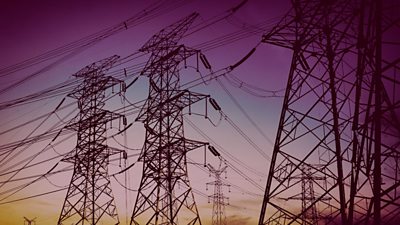
Electrical safety homepage
A selection of guidance documents and general advice in relation to Electrical Safety in ���˿��� premises, on productions and events. -

���˿��� policies for electrical safety
���˿��� policies detailing its overarching approach to the management of electrical safety. -

���˿��� electrical safety guidance documents
Summary of ���˿��� electrical guidance (links within document titles) -
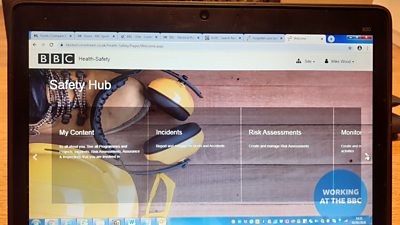
Electrical risk assessments and reporting of incidents
This section will help those who need to do a risk assessment where electricity is being used. It also gives guidance on reporting requirements for any electrically-related incident. -
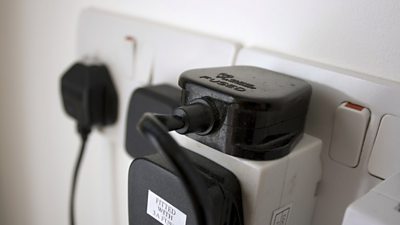
Electrical safety in ���˿��� Premises
General guidance on use of electricity and electrical equipment when working in ���˿��� Premises. -
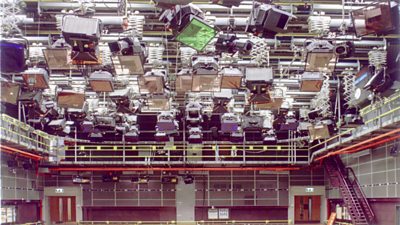
Electrical safety in Studios
A straightforward guide to electrical safety management in studios and similar locations. -
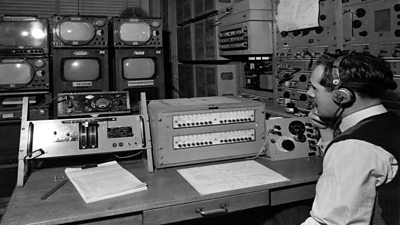
Safety of electrical equipment and appliances
Requirements for electrical safety of electrical equipment and appliances (‘PAT testing’). -
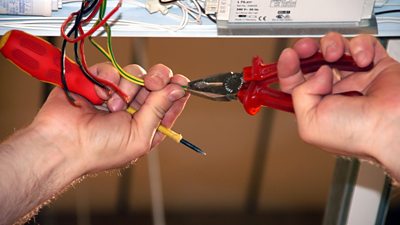
Electrical competency and Part P requirements
Guidance on what to look for when employing contractors or freelancers to do electrical work. -

Electrical safety requirements for Production Managers
Find out what you should know and what measures should be put in place for your production. -

Bringing your own equipment to work and contributor’s equipment
Basic guidance on the safe and appropriate use of personal electrical equipment whilst at work and requirements. -
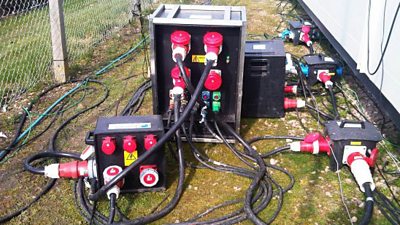
Temporary electrical systems and BS 7909
Requirements for electrical safety management in accordance with BS 7909 for all temporary electrical systems. -
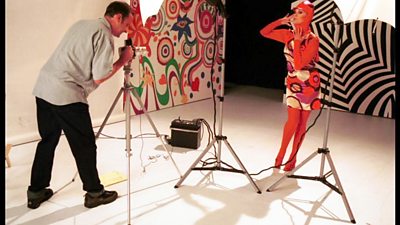
Small and Simple Temporary Electrical Systems
Guidance to help understand the requirements for simple temporary electrical systems such as interviews or photo shoots for example. -
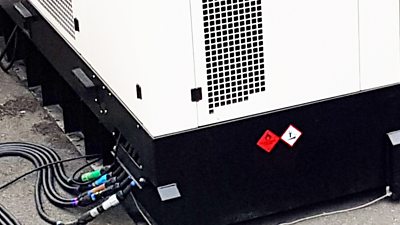
Generators
Guidance on the use of temporary generators including the application of earth electrodes. -
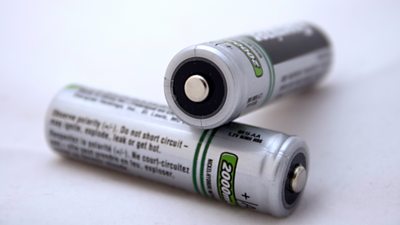
Batteries
Guidance on the safe use and storage of batteries. -
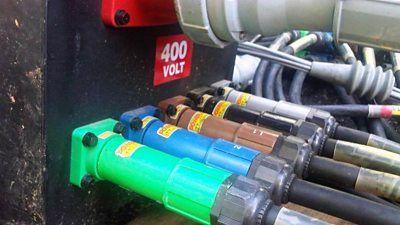
Certificate in Temporary Electrical Systems
An electrical safety training course designed to ensure those working with electricity in temporary distribution systems on productions can comply with BS 7909 and the relevant parts of BS 7671. -
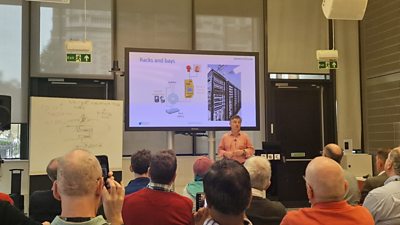 Electrical Principles Workshop to harmonise the approach to health and safety management on electricity across all areas.
Electrical Principles Workshop to harmonise the approach to health and safety management on electricity across all areas. -

External information and guidance on electrical safety
Links providing further information on all aspects of electrical safety, from external bodies (IET, HSE, Etc.) that ���˿��� staff may find useful. Some guidance is required to be purchased. -

Health & safety Alerts and News
All the Health & Safety Alerts and News from the H&S Teams
More from SSR
-
Your platform to record accidents, risk assessments, assurance monitoring and inspections
-
Safety Equipment Stores
Just one number to call: 0844 800 8875 -
���˿��� Safety Guidelines
An A-Z of ���˿���'s Health and Safety Guidelines -
Safety Advice Line: 0370 411 0464 Email: safety@bbc.co.uk
- A-Z of ���˿��� Safety Guidelines
- Accident Reporting and Investigation
- ���˿��� Health & Safety Policy
- Contractors (incl. vetted lists)
- Contributors
- Fire Safety
- Freelancers
- Independent Production Companies
- Risk Assessment
- Safety Alerts
- Safety Responsibilities
- Safety Training
- Sets & Premises Safety Guide
Events guidance - key links:
- Exhibitions
- General Guidance
- Indoor Location Recce Checklist
- Outdoor Location Recce Checklist
- Major Incidents & Emergency Planning
- Marketing and Promotional
- Noise Exposure
- Planning and Management
- Responsibilities
- Responsibilities Form
- Laser Lighting Effects
- Strobe Lighting
- Temporary Stages and Rostra
Health topics - key links:
- (���˿��� network only)
- Contributors Fitness to Participate
- Display Screen Equipment (DSE)
- (���˿��� network only)
- First Aid and Welfare on Location
- International Travel - Risks & Health
- Manual Handling
- Mental Health: ���˿���page
- (���˿��� network only)
- Personal Health and Wellbeing
- Pregnancy
- Psychological Trauma Support & Trauma Risk Management (TRiM)
- Tiredness and Fatigue
- Travel Health Contacts
���˿��� High Risk - key links:
- CBRN and Industrial Spills
- Covert Filming
- Crisis Management and Security Support
- Demonstrations, Protests and Crowds
- Disaster Coverage
- Door Stepping
- (���˿��� network only)
- (���˿��� network only)
- Public Order
- Safety Equipment Stores
���˿��� Journalism - key links:
���˿��� Productions - key links:
- Aerial Filming and Airfields
- Animals: Displaying and handling for performance
- Boats: Working on
- Children and Young People
- Driving
- Electrical Equipment and Systems
- First Aid and Welfare on Location
- Food Safety (Cooking and Catering)
- Remote Location Working
- Roads and Streets: Working by
- Security of Productions on Location
- Stunts
- Tiredness and Fatigue
- Unmanned Aerial Systems (UAS aka Drones)
- Vehicles: Recording in, from and around
- Working at Height: Mobile Elevating Work Platforms
- Working at Height: Tower Scaffolds
���˿��� Radio - key links:
- (���˿��� Network only)
���˿��� Security - key links:
���˿��� Sport - key links:
About this site
This site describes what the ���˿��� does in relation to managing its health, safety and security risks and is intended for those who work directly for the ���˿���.
It is not intended to provide instruction or guidance on how third parties should manage their risks. The ���˿��� cannot be held liable for how this information is interpreted or used by third parties, nor provide any assurance that adopting it would provide any measure of legal compliance. More information
Some links on this site are only accessible when connected to the ���˿��� network
